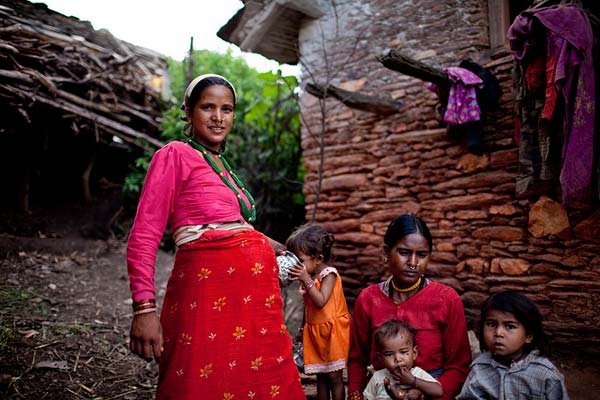
Improved literacy can reduce maternal deaths globally
Published: September 3, 2013
Globally, far fewer women would die from problems related to pregnancy if they could read and understand medical advice, University of Toronto researchers write in a commentary published in the journal PLOS Medicine.
Pregnancy-related complications are the leading cause of death among women aged 15 to 29 years — an issue that many low- and middle-income countries have begun to address through preconception care, which seeks to improve a woman’s health within the period of a year before she becomes pregnant.
But preconception care, which can include dietary modifications, contraception and management of pre-existing health conditions, requires that a woman has the capacity to understand written or spoken advice to make the lifestyle changes that will promote a healthy pregnancy.
“Preconception care has recently become part of efforts to improve maternal and child health in low- and middle-income countries,” says Joel Ray, a professor in the Departments of Medicine and Obstetrics and Gynaecology at U of T, and lead author on the commentary. “This is a very welcome advance, but it follows that, to benefit from preconception care, females also need empowerment through improved literacy and self-advocacy.”
Ray also argues that females should receive preconception care information from a person they trust, such as female midwife or skilled birth attendant. And, he says, literacy and preconception education should begin in pre-adolescence — before females reach child-bearing age.
“Twelve-year olds are not ready to have children. They frequently don’t understand that sexual activity can lead to pregnancy, they are physically less able to handle pregnancy than more mature women, and often don’t have the social and economic resources to care for their infants,” says Ray.
Ray, who is also a scientist at the Keenan Research Centre in the Li Ka Shing Knowledge Institute of St. Michael’s Hospital, and his colleagues Dr. Marcelo Urquia and Cheryl Young propose a new method to measure the impact of family planning and other preconception care. To assess such interventions researchers have traditionally used the Maternal Mortality Ratio, which tracks the number of deaths during or shortly after pregnancy, per 100,000 live births.
But because some women die in pregnancy without giving birth or following an unsafe abortion — and because preconception care includes delaying pregnancy until a young woman is ready — Ray and his team propose using the Maternal Mortality Rate. This metric includes the number of pregnancy-related deaths per 100,000 women of reproductive age, irrespective of whether a woman is pregnant or not.
This metric, says Ray, captures data that has been historically overlooked, particularly when it comes to delaying conception to a safer age, a key and long-term strategy for improving maternal health.
“A lot of preconception care programs focus on the fetus and infant, but our perspective advocates for the survival of the woman,” says Ray. “The health of the woman dictates the health of the infant.”



